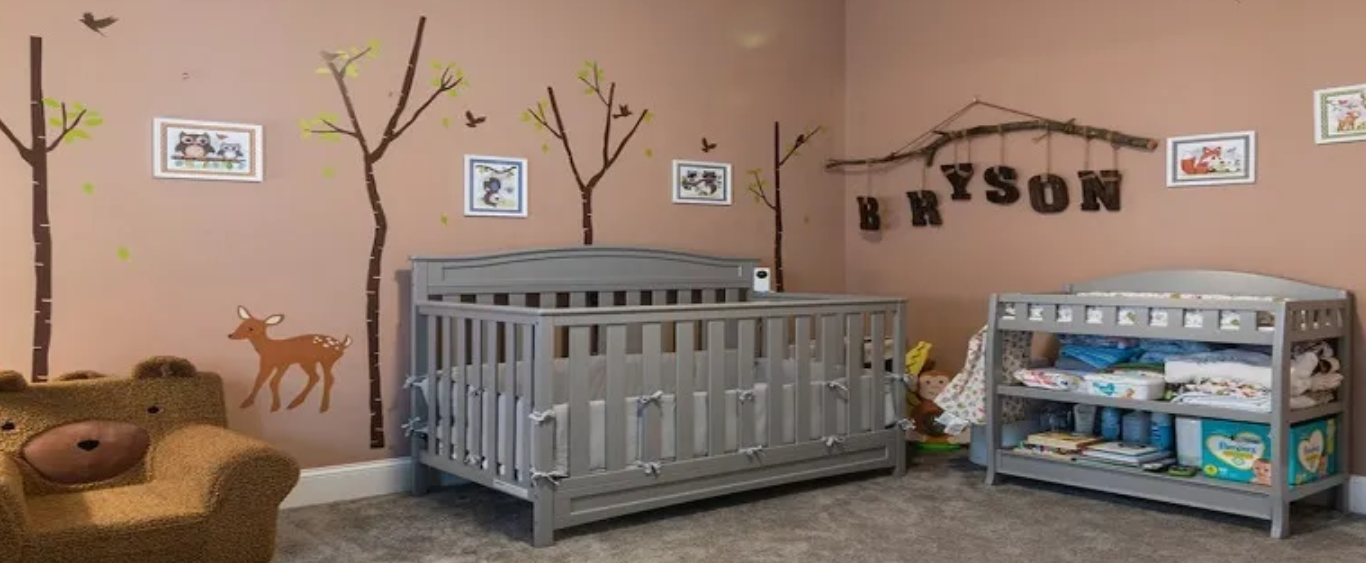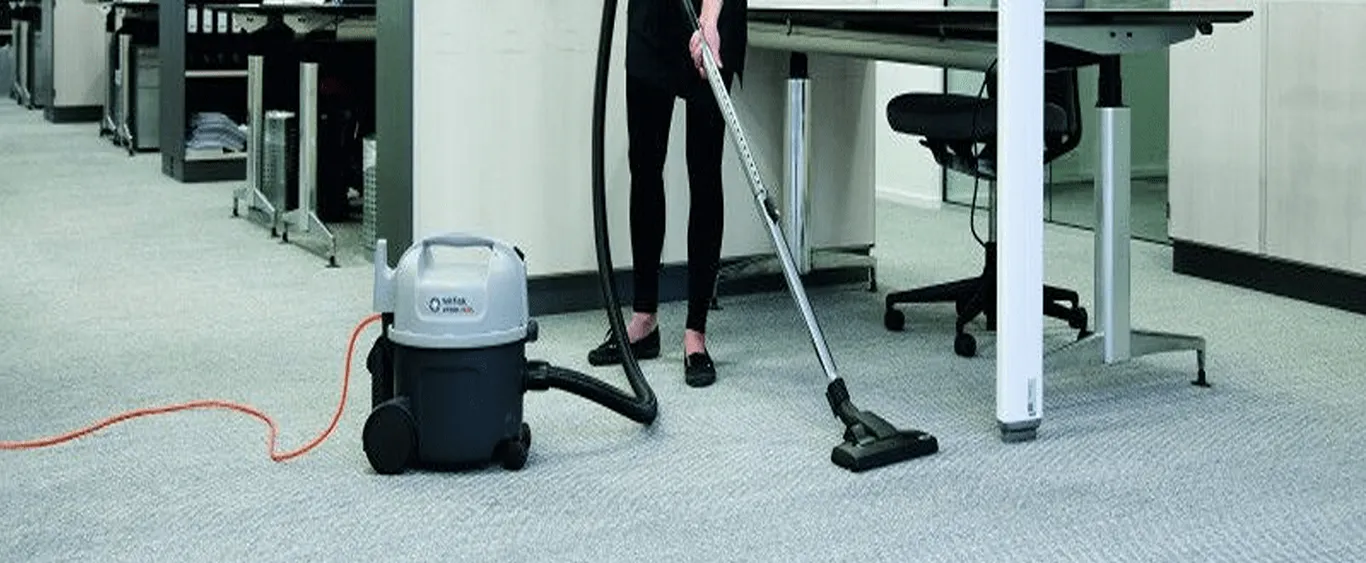According to the Environmental Protection Agency (EPA), the air we breathe inside our homes and offices can be up to five times more polluted than the air outside. This is because contained areas enable pollutants to build up more than open spaces do. Unfortunately, young children and the elderly are most affected by indoor air pollution because they spend the majority of their day indoors.
Obvious air pollutants include second-hand smoke, radon, asbestos and mould which we actively try to avoid in our homes and building materials. However, most indoor air pollutants come from products that we do not associate with pollution.
Improving your indoor air quality involves making a few adjustments to the products you buy and replacing certain items with less toxic versions. Here are a few common sources of indoor air pollution that may surprise you.
Cleaning Products
Many household cleaning products contain harmful chemicals like alcohol, chlorine, ammonia or petroleum-based solvents, all which can have negative effects on your health.
Some cleaning products release dangerous Volatile Organic Compounds that can contribute to chronic respiratory problems and aggravate allergies, asthma and other respiratory illnesses. Products containing compounds include most aerosol sprays, chlorine bleach, rug and upholstery cleaners, furniture and floor polish, and oven cleaners.
The safer option is to use less toxic, homemade cleaners such as hydrogen peroxide, baking soda, and white vinegar.
Furniture
Chemical fire retardants are common in a wide variety of household items such as furniture, electronics, appliances and even baby products. These fire retardants are linked to numerous health problems and can even make fires more toxic by forming deadly gases and soot. Fire retardants migrate out of products and contaminate house dust, which can become airborne and affect residents.
Fire retardants are most commonly found in furniture containing polyurethane foam, including couches and upholstered chairs. They can also be found in several pieces of children’s furniture including car seats, changing table pads and crib mattresses.
Candles
Most candles pollute your home with harmful gases and air pollutants. Importantly, it does not matter whether the candle is made from paraffin, vegetable oil, soy or beeswax. While burning, all candles release carbon particles that become airborne and can lead to respiratory problems.
Paraffin candles have the most negative effects on air quality. Paraffin is a by-product of petroleum that has been whitened using bleach that infuses it with dioxins, which are some of the most toxic substances ever produced. Acrolein is added to the wax as a solidifying agent, and is also present in cigarette smoke. Furthermore, burning paraffin candles releases large amounts of benzene and toluene into the air, which are both known carcinogens.
Other toxins in candles include artificial dyes and synthetic fragrances. These ingredients often contain toxic plasticizers and solvents that are released when you burn the candle.
Candles made of beeswax or vegetable oils are a safer option.
Air Fresheners
Most air fresheners emit toxic pollutants at levels that may lead to health risks and are comparable to the toxicity of second-hand smoke. Air fresheners contain significant amounts of ethylene-based glycol ethers, which are known to cause adverse neurological and blood effects, including fatigue, nausea, tremor, and anemia. These ethers are classified as hazardous air pollutants by the EPA.
Many air fresheners also contain phthalates, which are proven endocrine disruptors. These can be specifically harmful to infants and children whose endocrine systems have not yet fully developed.
A safer method for purifying the air in your home would be to keep plants.
Carpet
The smell that accompanies new carpets is actually due to hazardous volatile organic compounds, including toluene, benzene, ethyl benzene, formaldehyde, bromine, styrene, and acetone. Regular exposure to these chemicals is known to cause headaches, throat and eye irritation, allergies, confusion, and drowsiness. Synthetic carpets usually give off the most volatile organic compounds.
Benzene and formaldehyde are both well-known human carcinogens. Some new carpets also contain naphthalene, which is a moth-proofing chemical. This is known to produce toxic reactions, especially in young children.
While older carpets may no longer give off toxins, dust mites will collect in your carpet over time. These can cause severe allergic reactions in many people, and even asthma.
A high-quality vacuum cleaner can help remove many of the particle-based toxins from your carpet.
Paint
Paint contains many volatile organic compounds, and can continue to spread air particles for weeks and months after a room is painted. Paint fumes can cause headaches, dizziness, nausea, asthma exacerbation, fatigue, skin allergies, confusion, and memory impairment.
When buying paint, choose brands that do not have volatile organic compounds. These paints are just as good as standard paints, and they tend to dry much more quickly as well.
Kitchen Stove
A poorly ventilated kitchen is a significant cause of air pollution in your home. Gas stoves emit nitrogen dioxide which is created when fuel is burned at high temperatures. Nitrogen dioxide mixes with the air to create nitric acid and toxic organic nitrates. These can irritate the lungs and lower resistance to respiratory infections such as influenza. According to the EPA, frequent exposure to high concentrations of nitrates may cause acute respiratory illnesses in children.
Always make sure your kitchen is well ventilated both during and after any type of cooking. Be sure to cook with nearby windows open. Installing a high-quality ventilation fan can greatly improve air quality.
Sources:
- Environmental Protection Agency: (https://www.epa.gov/indoor-air-quality-iaq/introduction-indoor-air-quality)
- Center For Disease Control: https://www.atsdr.cdc.gov/csem/csem.asp?csem=33&po=7
Recommended blogs







